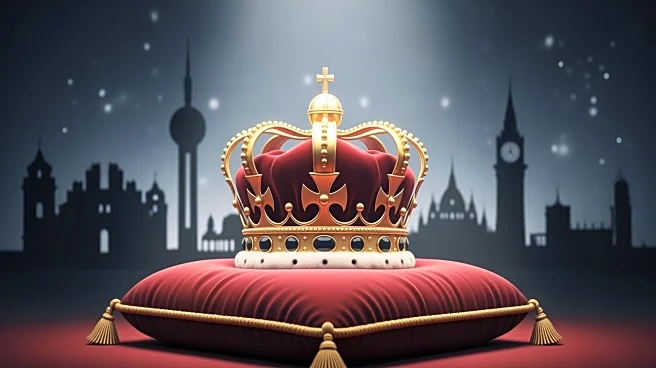The City of Westminster is a London borough with city status in Greater London, England. It is the site of the United Kingdom's Houses of Parliament and much of the British government. The borough contains
a large part of central London, including most of the West End, such as the major shopping areas around Oxford Street, Regent Street, Piccadilly, and Bond Street, and the entertainment district of Soho. Many London landmarks are within the borough, including Buckingham Palace, Westminster Abbey, Whitehall, Westminster Cathedral, 10 Downing Street, and Trafalgar Square. The borough also has a number of major parks and open spaces, including Hyde Park and most of Regent's Park. Away from central London, the borough also includes various inner suburbs, including St John's Wood, Maida Vale, Bayswater, Belgravia, and Pimlico. The borough had a population of 204,300 at the 2021 census.
First Peoples & First Mentions
The original settlement of Westminster was historically a separate urban area to the west of London, growing up around the minster church of Westminster Abbey. Westminster was an important center of royal authority from Saxon times and was declared a city in 1540. It was gradually absorbed into the urban area of London, but London's official city boundaries remained unchanged, covering just the area called the City of London, broadly corresponding to the medieval walled city.
Explorers, Missions & Colonial Outposts
After the depopulation of Roman London in the 5th century, an Anglo Saxon agricultural and trade settlement likely developed to its west, associated with the Middle Saxons, sometimes called Lundenwic ('London village' or London port'). Over time, Lundenburh ('London fort'), the former Roman city with its still-existing Roman walls, was repopulated and Lundenwic declined, becoming pastoral and partly known as Aldwych (Aldwic—'old village'), the name of which lives on for a section of Westminster.
From Empire to Nation: Transfers of Rule
The origins of the City of Westminster pre-date the Norman Conquest of England. In the mid-11th century, King Edward the Confessor began the construction of an abbey at Westminster, only the foundations of which survive today. Between the abbey and the river, he built a palace, thereby guaranteeing that the seat of Government would be fixed at Westminster, and inevitably drawing power and wealth west out of the old City of London.
Surveys, Subdivisions & Settler Economies
The modern borough was created in 1965 as part of the same reforms which created Greater London, covering the area of the three former metropolitan boroughs of Westminster, Paddington, and St Marylebone. The local authority is Westminster City Council. To the east, Westminster borders the City of London, with the boundary marked by Temple Bar. Other neighboring boroughs (anti-clockwise from north-east) are Camden, Brent, Kensington and Chelsea, Wandsworth, and Lambeth, the latter two being separated from Westminster by the River Thames.














